|
14077| 1
|
[ESP32系列教程] 用ESP32+MicroPython+Thonny点亮WS2812灯带 |
|
本帖最后由 gada888 于 2019-4-30 14:31 编辑 尽管python的编程软件很多,anaconda,pycharm or python ide.个人认为最好用的是Thonny。虽然做AI项目时候可能需要用pyCharm这类的去编程。但低级别单片机是上的py编程一定选Thonny了。这次就是用Thonny环境来给ESP32单片机和RGB灯带硬件编程。 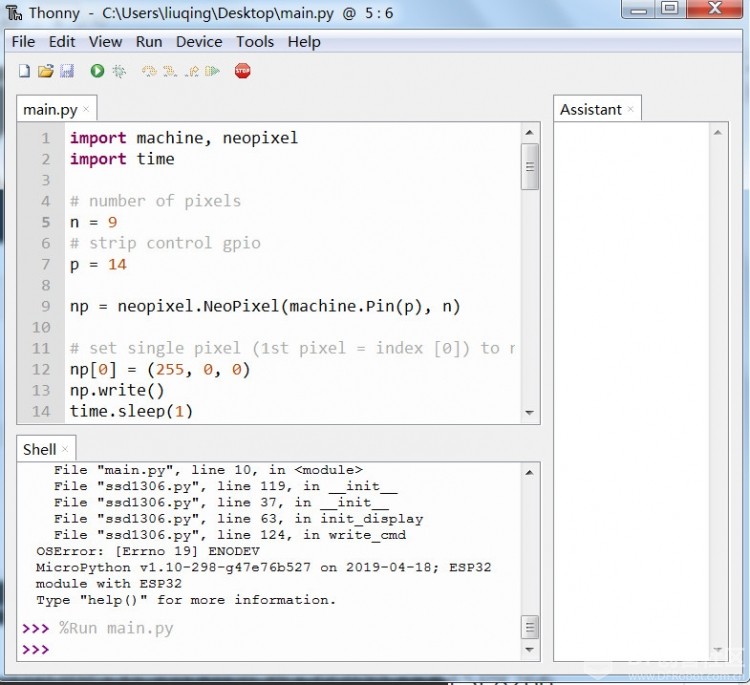 这是Thonny主界面了。  Thonny下载地址 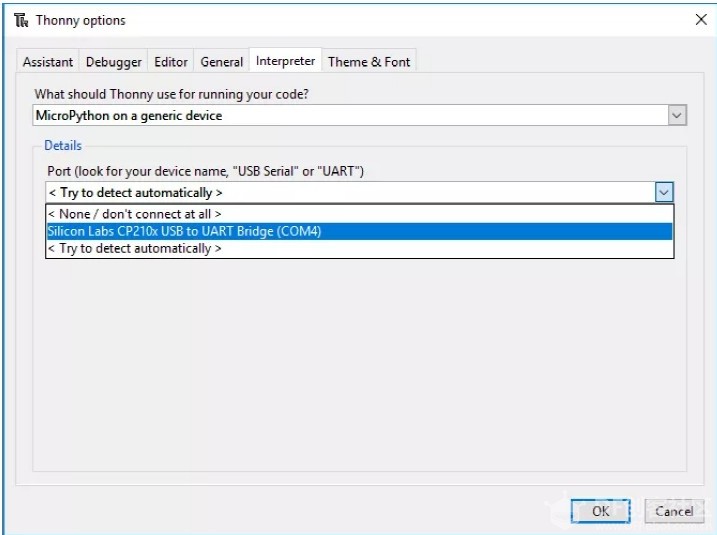 选定端口 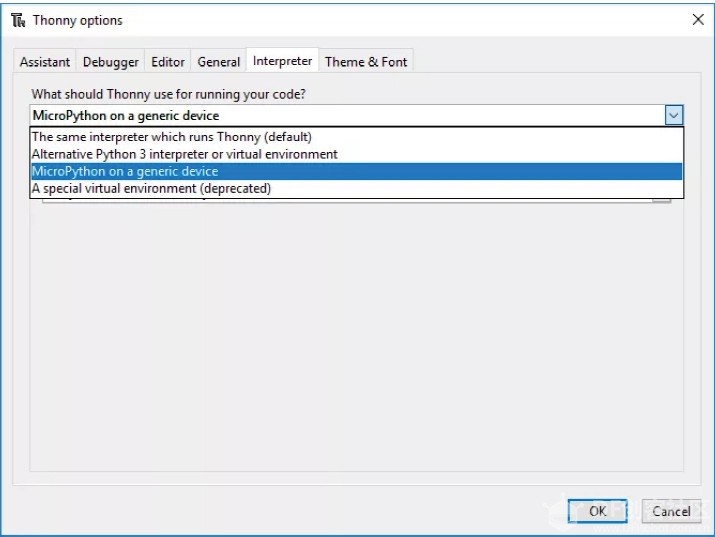 选MicroPython主控 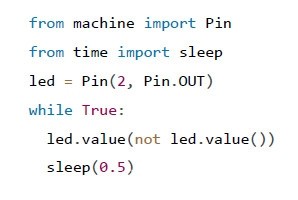 先输入一段程序,测试下ESP32上的LED的显示 import machine, neopixel 测试ws2812b彩灯带。 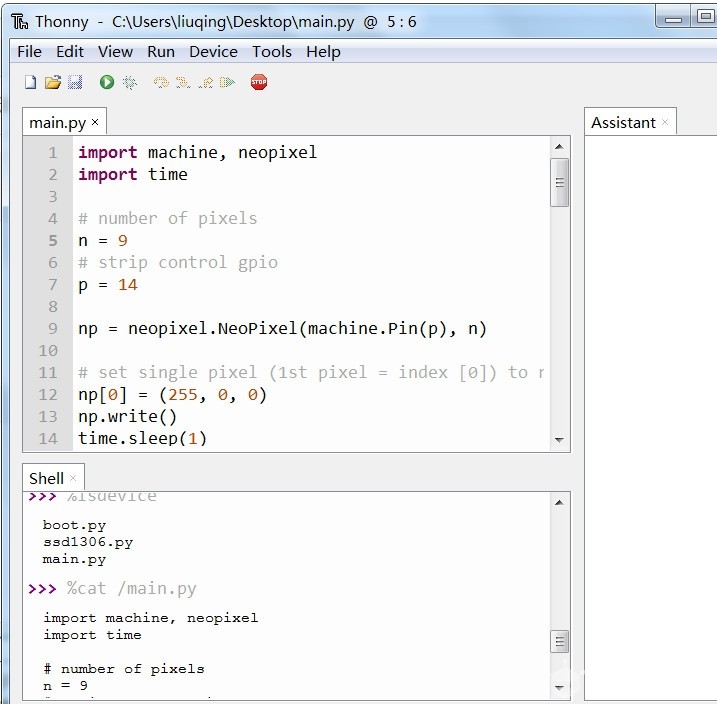 用cat /main.py命令测试主程序 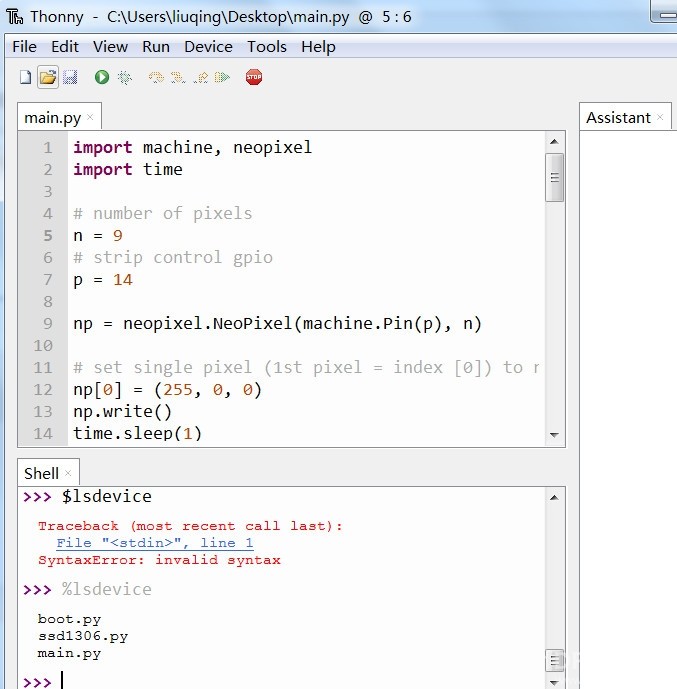 用%lsdevice命令测试ESP32里有什么程序, 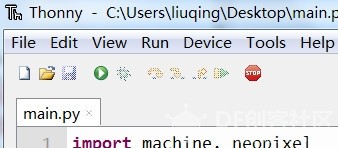 点击三角运行按钮,可以运行程序,但并没有烧录到ESP32里。 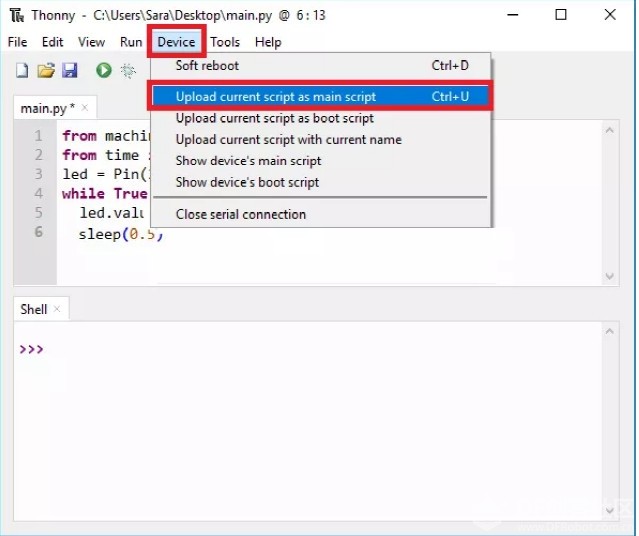 要在device里运行点击激活如上功能。上传程序。 最后因为Thonny并没有能从ESP32里删除文件的功能。很多人用上传空文件的方法达到删除的目的。 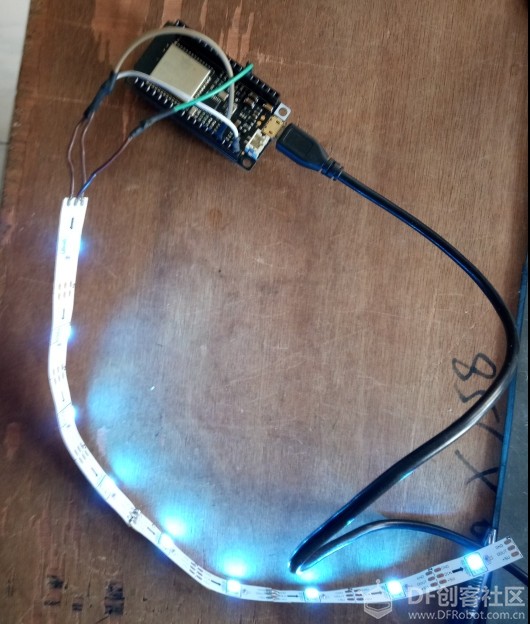 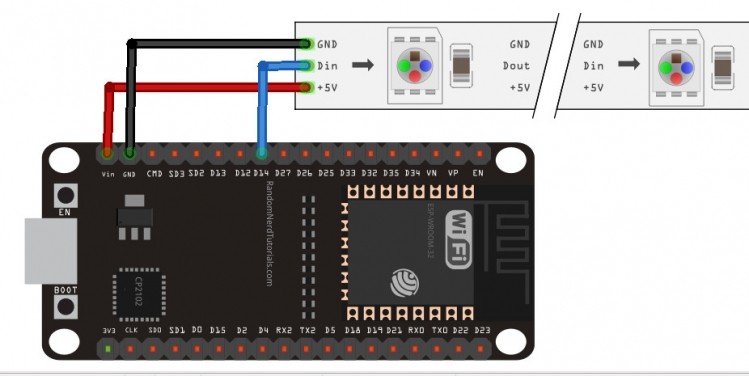 |
| # 这个Demo,最新的MicroPython跑不起来的更正代码: from machine import Pin from neopixel import NeoPixel p=25 n=64 #初始化 p = Pin(p, Pin.OUT) np = NeoPixel(p, n) # set single pixel (1st pixel = index [0]) to red color np[0] = (255, 0, 0) np.write() time.sleep(1) # set strip color def set_color(r, g, b): for i in range(n): np[i] = (r, g, b) np.write() set_color(0, 0, 255) time.sleep(1) # fade in/out def fade_in_out(color, wait): for i in range(0, 4 * 256, 8): for j in range(n): if (i // 256) % 2 == 0: val = i & 0xff else: val = 255 - (i & 0xff) if color == 'red': np[j] = (val, 0, 0) elif color == 'green': np[j] = (0, val, 0) elif color == 'blue': np[j] = (0, 0, val) elif color == 'purple': np[j] = (val, 0, val) elif color == 'yellow': np[j] = (val, val, 0) elif color == 'teal': np[j] = (0, val, val) elif color == 'white': np[j] = (val, val, val) np.write() time.sleep_ms(wait) #fade_in_out('red', 0) fade_in_out('green', 10) #fade_in_out('blue', 25) #fade_in_out('purple', 10) fade_in_out('yellow', 10) fade_in_out('teal', 10) #fade_in_out('white', 10) time.sleep(1) # bounce def bounce(r, g, b, wait): for i in range(4 * n): for j in range(n): np[j] = (r, g, b) if (i // n) % 2 == 0: np[i % n] = (0, 0, 0) else: np[n - 1 - (i % n)] = (0, 0, 0) np.write() time.sleep_ms(wait) bounce(255, 0, 125, 50) time.sleep(1) # cycle def cycle(r, g, b, wait): for i in range(4 * n): for j in range(n): np[j] = (0, 0, 0) np[i % n] = (r, g, b) np.write() time.sleep_ms(wait) cycle(0, 255, 0, 50) time.sleep(1) # function to go through all colors def wheel(pos): # Input a value 0 to 255 to get a color value. # The colours are a transition r - g - b - back to r. if pos < 0 or pos > 255: return (0, 0, 0) if pos < 85: return (255 - pos * 3, pos * 3, 0) if pos < 170: pos -= 85 return (0, 255 - pos * 3, pos * 3) pos -= 170 return (pos * 3, 0, 255 - pos * 3) # rainbow def rainbow_cycle(wait): for j in range(255): for i in range(n): rc_index = (i * 256 // n) + j np[i] = wheel(rc_index & 255) np.write() time.sleep_ms(wait) rainbow_cycle(10) rainbow_cycle(5) time.sleep(1) # turn off all pixels def clear(): for i in range(n): np[i] = (0, 0, 0) np.write() clear() |
 沪公网安备31011502402448
沪公网安备31011502402448© 2013-2025 Comsenz Inc. Powered by Discuz! X3.4 Licensed